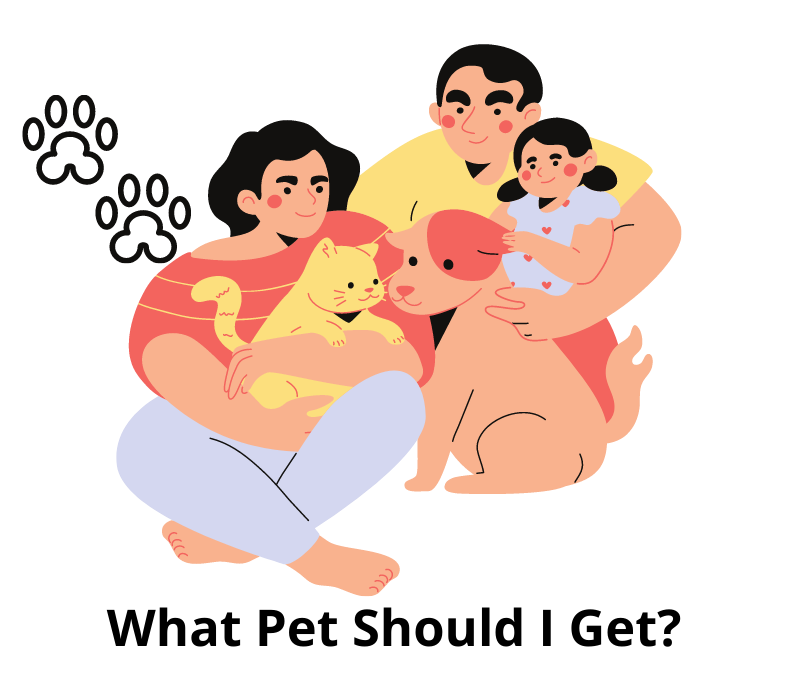Are you worried about your furry friend’s health? Even if your dog seems to be doing fine, it’s always a good idea to do a dog health check regularly to ensure that you catch any small problems before they escalate.
This guide will teach you the basics of how to do a dog health check at home and when you should turn to your vet for help.
Table of Contents
Observe Your Dog’s Eating Habits
One of the biggest signs that something is wrong with your dog is if they’re refusing to eat. This is usually a sign that the dog is feeling unwell and often a signifier of larger issues with their digestive systems. You might notice them:
- Refusing food
- Being sick after eating
- Seeming disinterested in eating
- Asking for food but not eating it
- Having to go to the bathroom straight after eating
It is important to consult a dog nutrition guide to ensure that your pup gets all the required nutrients in its diet. Not only will this encourage them to eat, but it will also ensure that they’re getting a diet which helps their digestive system.
Sometimes dogs will struggle to digest food like dry kibble, as they contain many ingredients that aren’t natural to their bodies. For example, while potatoes won’t hurt a dog, it’s also not something they’re genetically built to eat. Whilst raw foods like meats are what a dog would eat in the wild, so their systems are made to digest these things easily.
If your dog is struggling to eat, start by changing them to a raw diet and see if this affects their eating habits. If they are still refusing food, it is best to take them to a vet to get some checks done.
Check Their Teeth
You’d be surprised how many dog owners never look at their dog’s teeth, let alone brush them. We understand that getting some dogs to open up for a toothbrush can be very difficult, but there are other ways to promote their oral health. For example:
- Mouth-cleaning toys such as dental sticks
- Dental additive for their water
- A raw diet with plenty of chew (to promote strength)
If your dog refuses to open up to let you check its teeth and gums, here are some signs you can look for to see if your dog needs some oral hygiene help:
- Halitosis (bad breath)
- Increased/noticeable salivation
- Gums that look red or puffy
- Any bleeding from teeth or gums
- Yellow coating on teeth
- *Missing or lost teeth
If you notice any of these, you should try to look after your dog’s teeth with regular brushing.
*If you notice missing or loose teeth, you should consult your vet immediately, as this could mean your dog has a more serious oral issue, such as gum disease, and requires medication.
Check Your Dog’s Paws
Your dog’s paws are their means of getting around, which makes them super important to take care of. When your dog is having issues with its paws, you might find them:
- Holding one foot off the ground
- Hobbling, or trying not to touch the ground
- Scratching their paws against the ground
- Whining when they have to walk
There are two main parts of the paw to check for the issue: the pad and the claws. The claws can often become an issue if they’re not trimmed regularly, as they can begin to poke into the pad and cause the dog pain. You can clip your dog’s claws at home using a claw trimmer, or if your dog tends to be reactive to such things, you can get it done at a groomer’s or vet’s facility.
The pads can also become an issue as they can be worn down and blistered and sore – they also run the risk of splinters as they’re always on exposed ground. This can cause your dog much pain as they put all their weight on their paws.
If your dog appears to be having issues with their pads, do a full check using light to detect any possible issues. If you find something like a splinter, remove it gently using some tweezers. If you can’t – consult a vet ASAP, as leaving it in could result in infection.
Getting your dog a protective shoe or shoes to wear as it recovers from paw issues will protect it from further damage.
Check Your Dogs Coat
One final and very important home check you can do is look at your pet’s coat. You should do monthly, if not weekly, checks of their coat for things such as ticks that can embed themselves onto your dog’s skin, hiding in their fur. Some key issues to look for are:
- Itching or scratching
- Whining for no apparent reason
- Excess rubbing against floor/furniture
- Lack of energy
You can use your hands to conduct these checks, gently brushing through your dog’s fur as you would when you pet it. You can also use a specialist pet comb to move through the fur gently. If you find something like a tick, try and remove it at home; if you’re unsuccessful, go to a vet as soon as possible.
When To Go To The Vet
In most cases, a dog health check won’t result in anything too serious, and your dog will be fine recovering at home with a few changes. However, if your dog is showing serious signs of illness or you discover something you can’t treat at home, you should consult your vet ASAP. That’s what they’re there for!







